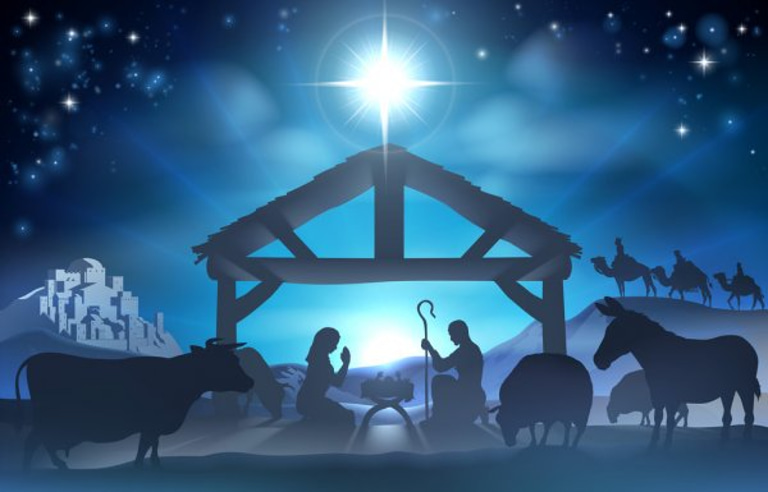What Life Was Like in 1BC Bethlehem: Food to Housing
Discover what life was like in 1BC Bethlehem—food, clothing, culture, and daily routines in a time that shaped history. Step into the past now.
5/22/202513 min read
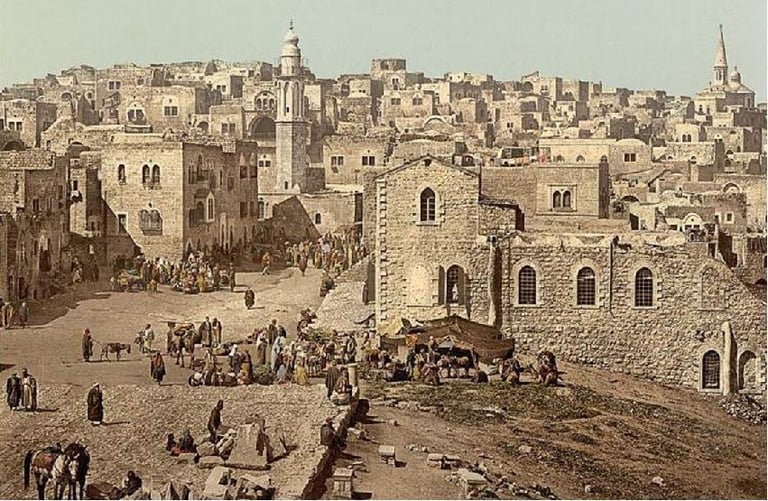

Ever wondered what life was really like in Bethlehem in 1BC? Step back in time and discover the daily rhythms of this ancient town—its traditions, Roman influence, local foods, humble homes, and everyday clothing. This journey into first-century Bethlehem reveals a rich, down-to-earth culture that shaped one of history’s most iconic locations. Let’s explore what life was like before the Nativity story unfolded.
FAQ: Life in 1BC Bethlehem
1. What kind of food did people eat in Bethlehem around 1BC?
People in 1BC Bethlehem ate simple, staple foods based on what the land provided. Their diet mainly consisted of barley or wheat bread, legumes like lentils and chickpeas, and occasional meat during festivals or special occasions. Olive oil and dairy products such as goat’s milk cheese and sheep yogurt were common, while fresh meat was rare due to its cost.
2. What were homes like in Bethlehem during 1BC?
Homes in Bethlehem were modest, often made from stone and mud-brick with thick walls to protect from heat and cold. Many houses had just one main room serving multiple purposes—cooking, eating, sleeping, and socializing—sometimes with animals nearby for warmth and security. Roofs were flat and multi-functional, used for sleeping in warm weather or drying crops.
3. How did Roman rule affect daily life in Bethlehem at that time?
Roman rule brought both challenges and benefits to Bethlehem. While heavy taxes and military presence created tension, the Romans also improved infrastructure such as roads, which connected Bethlehem to larger trade networks. Roman cultural influences appeared in architecture and leisure activities, creating a complex blend of Jewish tradition and Roman innovation.

What Did People Eat in Bethlehem in 1BC? A Diet Born of Earth, Faith, and Necessity
Have you ever wondered what the Holy Family might’ve eaten during their time in Bethlehem? Not in a romanticized, Instagram-filtered way—but in the real, gritty, human sense? Let’s go there. No flashy feasts. No grab-and-go convenience. Just survival, simplicity, and tradition. Honestly, the food in 1st-century Bethlehem wasn’t fancy, but it was grounded—literally and spiritually.
The Basics: Grain, Grit, and Guts
Bethlehem’s diet started and ended with what the land could give—and sometimes, what it withheld. The backbone of every meal? Bread. But not the soft, preservative-packed stuff we know today. We’re talking rough, chewy loaves made from barley or wheat, often baked in communal ovens or clay hearths. You’d tear off a piece, dip it in olive oil (if you had some), maybe smear it with soft cheese or pair it with dried figs.
You think a low-carb diet is hard? Try living in a society where bread is survival.
Legumes—lentils, chickpeas, and broad beans—filled in the gaps. They weren’t trendy. They were necessary. Meat? That was rare. Not because people were vegetarians, but because they couldn’t afford not to be. Animals were wealth, not dinner.
When Meat Showed Up, It Meant Something
Meat had meaning. Lamb, goat, and the occasional chicken weren’t part of everyday life—they were part of event life. Religious festivals, sacrificial offerings, or a moment of radical hospitality—those were the times a family might roast a lamb or share a goat stew.
It makes you pause, doesn’t it? How far we’ve drifted from the idea of food being sacred.
Instead, most people got their protein from things like goat’s milk cheese, sheep yogurt, or legumes. Dairy, unlike meat, was more attainable, especially for those with livestock. And it wasn’t just nourishment—it was preservation. Fermented milk kept longer and added vital nutrients to an otherwise repetitive diet.
Farming Wasn’t Just a Job—It Was Life or Death
Bethlehem's geography—those rolling, terraced hills—weren’t just poetic. They were pragmatic. Olives thrived in that climate, and olive oil became the heartbeat of both the kitchen and the lampstand. Every drop was earned. Pressed by hand. Stored in clay jars. Used with reverence.
Crops like barley, wheat, and grapes weren’t optional luxuries—they were survival staples. Miss one harvest, and people starved. That’s a tension we don’t feel in our Amazon Prime world.
Water? Also a daily challenge. Wells, cisterns, and the timing of rains determined how secure your year would be. The climate in Judea wasn’t kind, and drought could turn a household from poor to desperate overnight.
So, Was It Healthy?
Oddly, yes. No seed oils. No corn syrup. No ultra-processed garbage. Just simple carbs, healthy fats, fermented dairy, and plenty of fiber and legumes. The kind of stuff a modern nutritionist might applaud—if you could get past the parasites, water contamination, and near-constant food insecurity.
But here’s the kicker: they ate with awareness. With gratitude. With a spiritual rhythm tied to fasts, feasts, and the land’s sacred yield. That part? We’ve almost completely lost.
This wasn’t a Pinterest-perfect Mediterranean diet. It was ancient resilience. It was eating because you had to, not because you were bored. And it makes you wonder—what would it be like to eat like that, even for a week?
Would we complain? Or would we rediscover something we’ve lost?

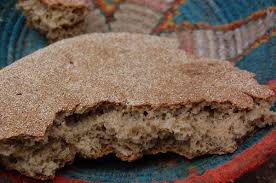
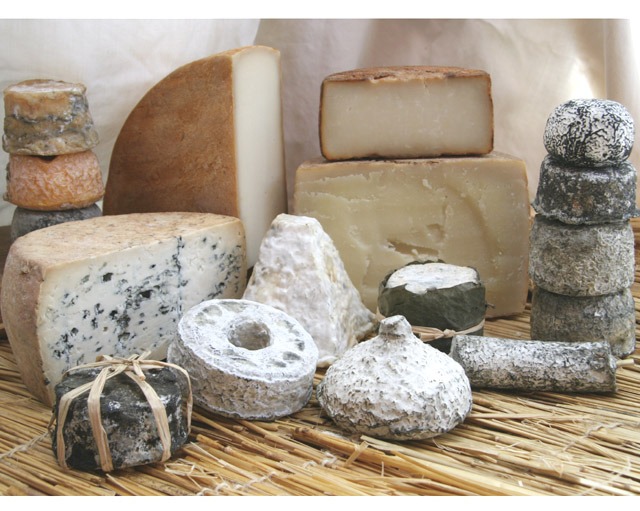

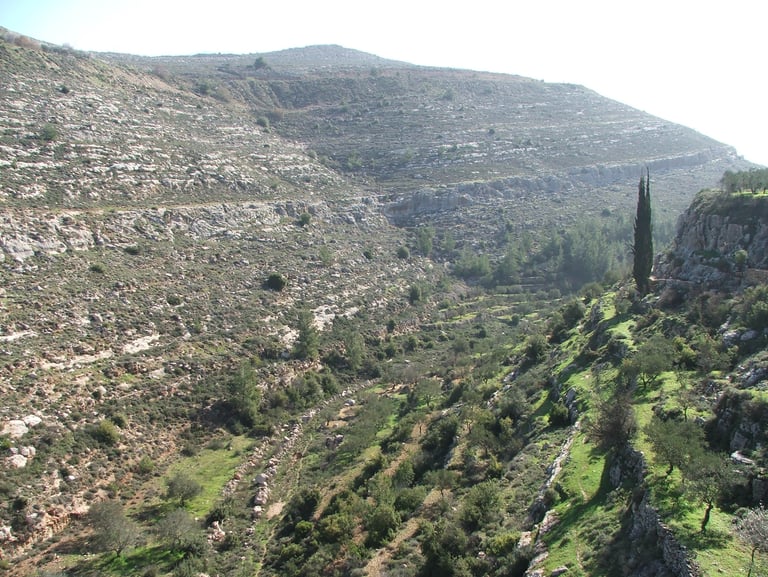

What People Wore in Bethlehem in 1BC: Garments Woven With Purpose, Faith, and Survival
When I try to picture daily life in first-century Bethlehem, I don’t imagine fashion statements. I imagine resilience. Picture this: dry Judean winds brushing across rough-spun linen, sandals kicking up dust, tunics faded by sun and wear. In a world without fast fashion, every piece of clothing had to matter. And it did—because clothing wasn’t about luxury. It was about identity, dignity, and getting through the day intact.
Simple Clothes, Tough Lives
Nobody in Bethlehem was strutting around in imported silks unless they had serious money or political connections. For the average family? Clothing was made from wool or linen—locally available, hard-wearing, and entirely handmade. Think hand-spun fibers dyed with whatever the local flora could offer: muted browns, dusty reds, soft off-whites. Forget color palettes of choice—this was fashion dictated by nature, not a Pinterest board.
Men wore knee-length tunics, belted at the waist. Women wore theirs longer, layered for modesty, warmth, and respect. And no, it wasn’t optional. Modesty wasn’t just a preference—it was law, it was faith, it was survival. A woman without a head covering? That would’ve drawn serious attention, maybe even judgment. Modesty wasn’t merely cultural—it was spiritual, deeply entwined with Jewish tradition (see: 1 Corinthians 11:5-6 for a later echo of these values in early Christianity).
Footwear and Accessories: Built for the Long Haul
Can we talk about the shoes? Not the strappy designer sandals you’d find in a modern boutique. I’m talking rough leather soles strapped together with cords or plant fibers—shoes that did the job and nothing more. Arch support? Forget it. Walking the rocky hills of Judea in these would leave your feet calloused and sun-hardened. But they lasted. That’s what counted.
And while today we accessorize to express ourselves, back then, accessories had to earn their keep:
Belts? They held your tunic together, carried your pouch, maybe even your tools.
Cloaks? Essential. Nights in the Judean hills got cold, fast.
Pouches? Your lifeline. No pockets, no purses. If you needed oil, coins, or bread for the road, it went in the pouch tied to your waist.
Clothing Wasn’t Just Worn—It Was Lived In
Here's where it gets more layered. Clothing in Bethlehem was a visual cue of who you were. A tradesman’s tunic might be stained with dye or clay. A priest's robe—if you ever saw one—would stand out immediately with its detail and clean lines. Wealth was visible in the softness of the linen, the stitch of the hem, maybe even a dash of indigo or embroidery. For most, those were out of reach.
And then there was faith. Religious observance wasn’t confined to the temple or synagogue—it showed up in your wardrobe. Tassels (tzitzit) on the corners of garments, as commanded in Numbers 15:38-39, reminded the devout of God’s commandments every time they moved. Can your jeans do that?
So the next time you throw on a hoodie or complain about tight jeans, imagine a world where one tunic might have to last you years. Where what you wore could define your social class, reflect your faith, and even impact your safety. In Bethlehem, 1BC, clothing wasn’t trivial. It was everything.
Living in Bethlehem in 1BC: Small Homes, Big Lives
Close your eyes for a moment. Can you imagine stepping inside a home in Bethlehem, more than two thousand years ago? No marble halls, no lavish courtyards—just a humble, sturdy shelter made of stone and mud-brick. It wasn’t about showing off. It was about getting by, making a little space for your family in a tough world.
Homes Built for Survival, Not Style
Forget luxury. Bethlehem’s houses were raw, practical, and honest. Walls thick enough to hold off the chill of night and the summer heat, made from what the earth beneath them offered. Roofs weren’t just a ceiling—they were an extra room. On warm nights, families would sleep up there beneath the stars, or spread grain out to dry in the sun. Have you ever thought about how many functions a flat roof can have when you don’t have a backyard or a spare room?
Many houses had just one room. One. Can you picture cooking, eating, sleeping, and socializing in the same space? It wasn’t cramped—it was life. And yes, animals were often nearby—sometimes inside. It sounds uncomfortable to us now, but back then, that proximity meant warmth and safety. The boundaries we expect between living and farming simply didn’t exist.
Space Was Fluid, Family Was Central
Living in such tight quarters forces creativity. One hearth warmed the family and cooked their food. The smell of bread baking, the crackle of fire, the chatter of family—everything mingled together. It was an intimate way of life. Privacy was a luxury few could afford, but the closeness bred a kind of connection modern life often lacks.
Doesn’t it make you wonder what it was like to always be within arm’s reach of your loved ones? To never close a door on your worries or your joys? Work, rest, and play weren’t separated—they blended into one continuous rhythm of life.
The Home as Heartbeat of Family and Faith
In Bethlehem, the house wasn’t just a building. It was the stage for family life, faith, and tradition. Everyone had a part to play, from the youngest child to the eldest. Feeding the animals, gathering wood, preparing meals—it was a shared effort.
And faith? It wasn’t locked away in distant temples. It lived in the home—in prayers said before meals, blessings given at dawn, and stories passed down at night. The family was the first church, the first school, the first community.
Bethlehem’s homes might have been modest, but the lives inside them were rich—with community, purpose, and faith. In a world that feels so divided and sprawling, isn’t there something deeply humbling about living in such close quarters—where every stone and story was a piece of survival and hope?
Would we find it hard or healing to live that way today?
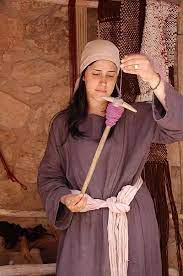

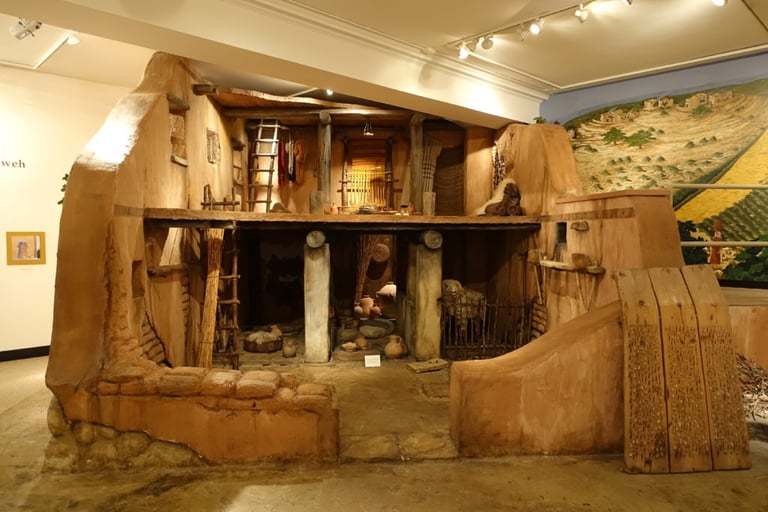

Roman Rule in Bethlehem: More Than Just Soldiers and Taxes
Imagine living in Bethlehem around 1BC, under the thumb of one of history’s largest empires—the Romans. You might think the Roman presence meant little more than a legionnaire’s heavy boots and the clink of coins being collected as taxes. But it was so much more than that. Roman rule reshaped everyday life in ways that still resonate when you stop to think about it.
Not Just Soldiers: The Empire’s Reach Was Everywhere
Sure, Roman soldiers patrolled the streets, reminding everyone who was boss. But the real power lay in the system they brought with them—rigid, organized, and relentless. Taxes weren’t just a suggestion; they were demanded with an efficiency that could break a farmer’s back or a merchant’s spirit. If you were growing olives on a small plot or selling pottery in the market, you had to pay up.
Yet, paradoxically, the Romans also built. Their roads, famously engineered with precision, connected Bethlehem to cities, ports, and trade hubs far beyond its borders. Have you ever stopped to appreciate how transformative a good road can be? Suddenly, goods, ideas, and people flowed more easily—Bethlehem was no longer isolated but plugged into a vast imperial network.
When Tradition Meets Roman Innovation
What fascinates me is how this wasn’t just about domination but also cultural exchange. Roman architecture, with its arches and aqueducts, began to influence local building styles. You might find a Bethlehem home with a Roman-style courtyard or a public space borrowing Roman design elements, subtly woven into the Jewish setting.
But this wasn’t always smooth sailing. The Romans brought customs and leisure activities—from public baths to theater—that often clashed with Jewish traditions. Some locals embraced these novelties; others resisted fiercely. Art from the period sometimes shows this push-pull, mixing Roman motifs with Jewish symbolism. It’s like watching two languages merge into a new dialect, simultaneously familiar and foreign.
A Double-Edged Sword: Progress and Tension
Roman rule was a paradox. On one hand, it brought practical benefits: roads, trade, administrative efficiency. On the other, it imposed heavy demands and cultural pressures that tested Jewish identity and autonomy. Yet, Bethlehem and its people navigated this tightrope with resilience.
Isn’t it striking how cultures can absorb influences without losing themselves? Like layers of paint on an ancient canvas, Roman rule left its mark on Bethlehem—sometimes subtle, sometimes bold—but underneath it all, the core of Jewish life, faith, and tradition endured.
Roman rule in Bethlehem wasn’t just a backdrop; it was a dynamic force shaping daily life, culture, and identity. It reminds me that history isn’t black and white—it’s messy, layered, and endlessly fascinating.
What would it have been like to live through those changes firsthand? Would you have resisted, adapted, or found some way to make peace with it all?
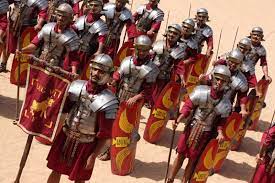

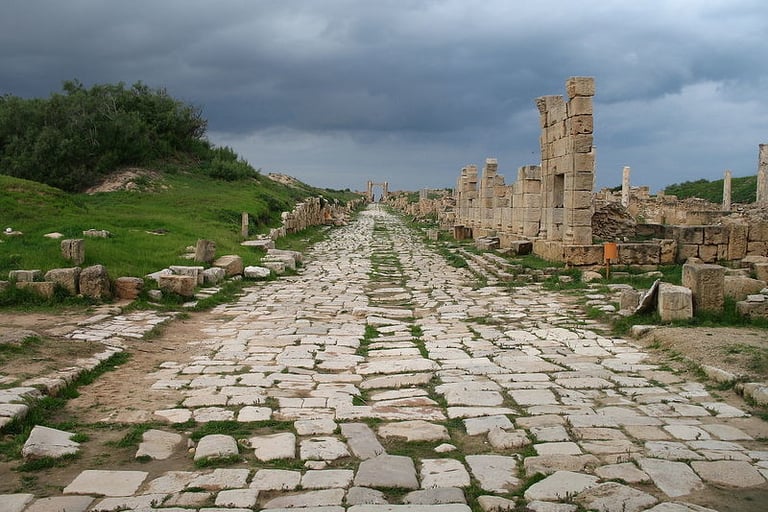

Celebrations and Holidays in 1BC Bethlehem: Faith, Food, and Fellowship
When I think about life in Bethlehem over 2,000 years ago, I’m struck by how the people didn’t just survive—they lived through their celebrations. Life wasn’t just work and chores; it was punctuated by moments where faith, family, and community came alive. These celebrations weren’t mere formalities—they were the glue holding society together.
Religious Festivals: More Than Just Tradition
Take Passover, for example. Have you ever sat through a ritual that felt so alive, so electric, it brought history and hope crashing into the present? That’s what Passover was for the people of Bethlehem. It wasn’t just about eating unleavened bread or bitter herbs. Every bite was a powerful reminder of slavery, freedom, and the enduring promise of faith. Families gathered, voices lifted in prayer and song, telling the story of deliverance. It was a night thick with meaning—each ritual a thread weaving them tighter to their history and to one another.
Then there was the Feast of Tabernacles, or Sukkot. Imagine the whole town building temporary booths—little shelters made from branches and leaves—echoing the Israelites’ desert wanderings. It’s hard not to feel a deep sense of unity when an entire community participates in such a hands-on remembrance. It’s not just ritual; it’s embodiment of identity. Eating, praying, laughing together under those fragile roofs tied everyone to the land, the past, and to their faith in ways that words alone couldn’t.
Everyday Celebrations: Finding Joy in the Ordinary
But here’s what really moves me: it wasn’t only the big festivals that mattered. The everyday rhythms—market days, small family gatherings, the passing of seasons—were celebrations in their own right. The market wasn’t just a place to buy grain or olives; it was where you caught up with neighbors, shared gossip, and built relationships. It was community in motion, alive and noisy and vibrant.
And food—oh, food was the heart of all these moments. Picture the smell of freshly baked bread, savory stews simmering over open fires, wine poured into simple clay cups. The table was where stories were told, laughter shared, and burdens lightened. These were the simple pleasures, the small celebrations that stitched daily life together in a world that could often be harsh and unpredictable.
Why It Matters
Isn’t it amazing how something as simple as sharing a meal or building a temporary shelter can carry such deep spiritual and social weight? It reminds me that community isn’t just about proximity but about shared experience and meaning. In a world where so much was uncertain, these celebrations gave people strength and hope—moments to recharge emotionally and spiritually.
If anything, the people of 1BC Bethlehem show us that even in the simplest acts—breaking bread, gathering under a makeshift roof, telling ancient stories—there’s a profound power to connect and sustain.
Thinking about this makes me wonder—how do our modern celebrations measure up? Are we still finding meaning in tradition, or have we lost some of that deep connection? What everyday moments in your life feel like real celebrations of community?


Conclusion:
Looking back at life in Bethlehem around 1BC, it’s clear that simplicity didn’t mean emptiness. Far from it—everyday existence was rich with meaning, anchored in faith, family, and tradition. The humble foods they ate, the sturdy clothes they wore, and the modest homes they built weren’t just practical choices; they were expressions of a community living deeply connected to its beliefs and culture.
When we step into their shoes, even just for a moment, we gain a clearer picture of the world where the Nativity story took shape. These were ordinary people, with ordinary lives—yet their story was about something extraordinary. Understanding their daily rhythms brings a new depth to that narrative, reminding us that profound moments often happen in the midst of the everyday. And maybe that’s the most beautiful part of all.
